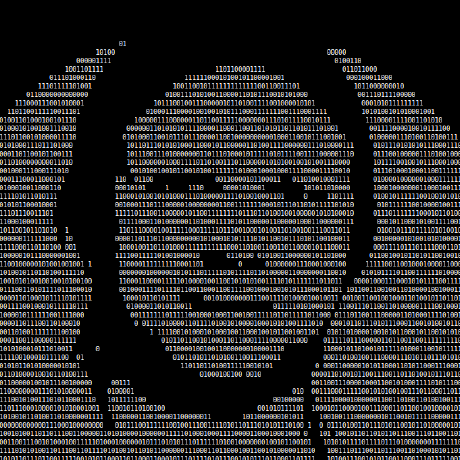All individual features are not listed here, instead check ChangeLog for full list of changes
- Multiple UIs!
▹ Standard | Modern - Multiple diffusion models!
- Built-in Control for Text, Image, Batch and video processing!
- Multiplatform!
▹ Windows | Linux | MacOS | nVidia | AMD | IntelArc/IPEX | DirectML | OpenVINO | ONNX+Olive | ZLUDA - Platform specific autodetection and tuning performed on install
- Optimized processing with latest
torchdevelopments with built-in support fortorch.compile
and multiple compile backends: Triton, StableFast, DeepCache, NNCF, OneDiff - Built-in queue management
- Built in installer with automatic updates and dependency management
- Mobile compatible
Main interface using StandardUI:

Main interface using ModernUI:
For screenshots and informations on other available themes, see Themes
SD.Next supports broad range of models: supported models and model specs
- nVidia GPUs using CUDA libraries on both Windows and Linux
- AMD GPUs using ROCm libraries on Linux
Support will be extended to Windows once AMD releases ROCm for Windows - Intel Arc GPUs using OneAPI with IPEX XPU libraries on both Windows and Linux
- Any GPU compatible with DirectX on Windows using DirectML libraries
This includes support for AMD GPUs that are not supported by native ROCm libraries - Any GPU or device compatible with OpenVINO libraries on both Windows and Linux
- Apple M1/M2 on OSX using built-in support in Torch with MPS optimizations
- ONNX/Olive
- AMD GPUs on Windows using ZLUDA libraries
- Get started with SD.Next by following the installation instructions
- For more details, check out advanced installation guide
- List and explanation of command line arguments
- Install walkthrough video
Tip
And for platform specific information, check out
WSL | Intel Arc | DirectML | OpenVINO | ONNX & Olive | ZLUDA | AMD ROCm | MacOS | nVidia | Docker
Warning
If you run into issues, check out troubleshooting and debugging guides
- Main credit goes to Automatic1111 WebUI for the original codebase
- Additional credits are listed in Credits
- Licenses for modules are listed in Licenses
If you're unsure how to use a feature, best place to start is Docs and if its not there,
check ChangeLog for when feature was first introduced as it will always have a short note on how to use it










